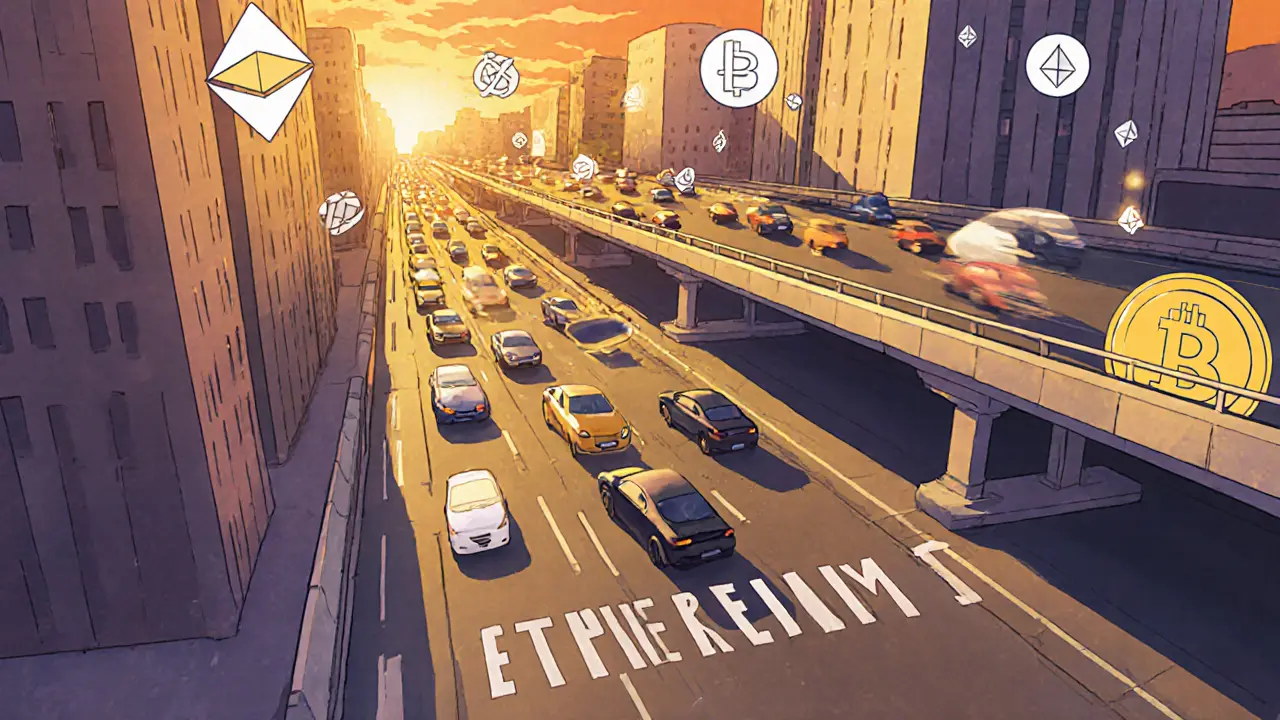Blockchain Costs: What You Really Pay to Use Decentralized Networks
When you send crypto, stake tokens, or trade on a decentralized exchange, you’re not just moving money—you’re paying for blockchain costs, the fees required to process and confirm transactions on a decentralized network. Also known as gas fees, these charges cover the computational work done by miners or validators to keep the network running. Unlike banks that charge flat fees, blockchain costs change based on demand, network congestion, and the complexity of what you’re doing. If you’ve ever waited 20 minutes for a $5 transfer because the fee jumped to $15, you’ve felt this firsthand.
Transaction fees, the amount paid to include your action in a block aren’t just a nuisance—they’re the economic engine of blockchains. On Ethereum, fees spike when NFT drops or DeFi protocols go viral. On Solana, they stay low because the network processes thousands of transactions per second. On newer chains like Base or Arbitrum, fees are cheaper because they rely on Ethereum’s security but handle work off-chain. Gas fees, the unit used to measure computational effort in Ethereum-based networks are what you see in your wallet when you click ‘confirm.’ But behind that number is a system: more complex smart contracts, like swapping tokens or minting NFTs, cost more than simple transfers. That’s why some airdrops or games cost more to claim than the token is worth.
What you’re really paying for is speed, security, and access. If you want your transaction to go through fast, you pay more. If you’re using a chain with weak security, you risk losing funds to exploits—something we’ve seen with smaller networks in posts about fake airdrops and unregulated exchanges. The same logic applies to crypto network fees, the broader category that includes all costs tied to blockchain operations: whether it’s a German exchange needing BaFin compliance, a UK business under FCA rules, or an Iranian user avoiding frozen accounts, blockchain costs shape who can participate and how easily.
Some of the posts below show how these costs affect real users—like people trying to claim airdrops only to find the gas fee eats their reward, or traders switching chains to avoid Ethereum’s spikes. Others reveal how regulatory pressure in Germany or the UK pushes platforms to absorb fees or limit access. You’ll also see how scams exploit confusion around fees, pretending to be ‘free’ when they actually drain your wallet. This isn’t theory. It’s daily reality for anyone using crypto outside of big exchanges.
Below, you’ll find real examples of how blockchain costs impact everything from NFT games to global regulations. No fluff. Just what you need to know before you click ‘send.’
Layer 2 Transaction Speed and Costs: How They Make Blockchain Usable Today
Posted By Tristan Valehart On 14 Nov 2025 Comments (5)

Layer 2 solutions cut Ethereum transaction costs by 99% and boost speed from minutes to milliseconds. Discover how zk-Rollups and Optimistic Rollups make DeFi, NFTs, and gaming practical - and why you're already using them.
READ MORE
